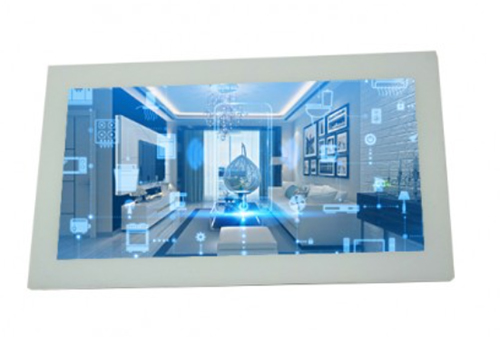What is the difference between display type TFT and LCD?
Views: 1187 Update date: Jul 14,2023
Are you in the market for a new electronic device and finding yourself confused by the technical jargon surrounding display types? TFT stands for Thin Film Transistor, while LCD stands for Liquid Crystal Display. Both technologies have revolutionized the way we interact with screens, from smartphones to televisions and beyond.
Key Points about LCD Displays:
Sharp and Vibrant Colors: LCDs are renowned for their ability to produce sharp, vibrant colors, making them popular choices for multimedia applications and graphic-intensive tasks.
Lower Power Consumption: Compared to older display technologies, LCDs consume less power, which is beneficial for portable devices and energy-efficient applications.
Limited Viewing Angles: One drawback of LCDs is their narrower viewing angles. If you've ever tilted your screen and noticed a shift in colors or contrast, that's because LCD displays have a limited range from which they can be viewed optimally.
Thin Film Transistor (TFT)
TFT technology takes the LCD concept a step further by incorporating a transistor for each pixel. This additional transistor acts as a switch, controlling the flow of electrical current to the liquid crystal in each pixel. By individually addressing each pixel, TFT displays offer enhanced image quality and faster response times compared to traditional LCD screens.
Key Points about TFT Displays:
Improved Image Quality: TFT displays excel at producing sharp, detailed images with superior color accuracy, making them a popular choice for high-end smartphones, tablets, and computer monitors.
Faster Response Times: The individual transistors in TFT displays allow for faster response times, reducing motion blur in fast-paced scenes and enhancing the overall viewing experience.
Wider Viewing Angles: Unlike traditional LCDs, TFT displays offer wider viewing angles, ensuring that colors and contrast remain consistent even when viewed from different perspectives.
Liquid Crystal Display (LCD)
Imagine a tiny shutter for each pixel on your screen. That's essentially what an LCD display consists of. This technology relies on a backlight, usually in the form of a fluorescent tube or LED, to illuminate the screen. The liquid crystals, suspended between two transparent layers, act as shutters, controlling the amount of light passing through. When an electric charge is applied, the crystals align and allow light to pass, forming the image you see on your device.Key Points about LCD Displays:
Sharp and Vibrant Colors: LCDs are renowned for their ability to produce sharp, vibrant colors, making them popular choices for multimedia applications and graphic-intensive tasks.
Lower Power Consumption: Compared to older display technologies, LCDs consume less power, which is beneficial for portable devices and energy-efficient applications.
Limited Viewing Angles: One drawback of LCDs is their narrower viewing angles. If you've ever tilted your screen and noticed a shift in colors or contrast, that's because LCD displays have a limited range from which they can be viewed optimally.
Thin Film Transistor (TFT)
TFT technology takes the LCD concept a step further by incorporating a transistor for each pixel. This additional transistor acts as a switch, controlling the flow of electrical current to the liquid crystal in each pixel. By individually addressing each pixel, TFT displays offer enhanced image quality and faster response times compared to traditional LCD screens.
Key Points about TFT Displays:
Improved Image Quality: TFT displays excel at producing sharp, detailed images with superior color accuracy, making them a popular choice for high-end smartphones, tablets, and computer monitors.
Faster Response Times: The individual transistors in TFT displays allow for faster response times, reducing motion blur in fast-paced scenes and enhancing the overall viewing experience.
Wider Viewing Angles: Unlike traditional LCDs, TFT displays offer wider viewing angles, ensuring that colors and contrast remain consistent even when viewed from different perspectives.




